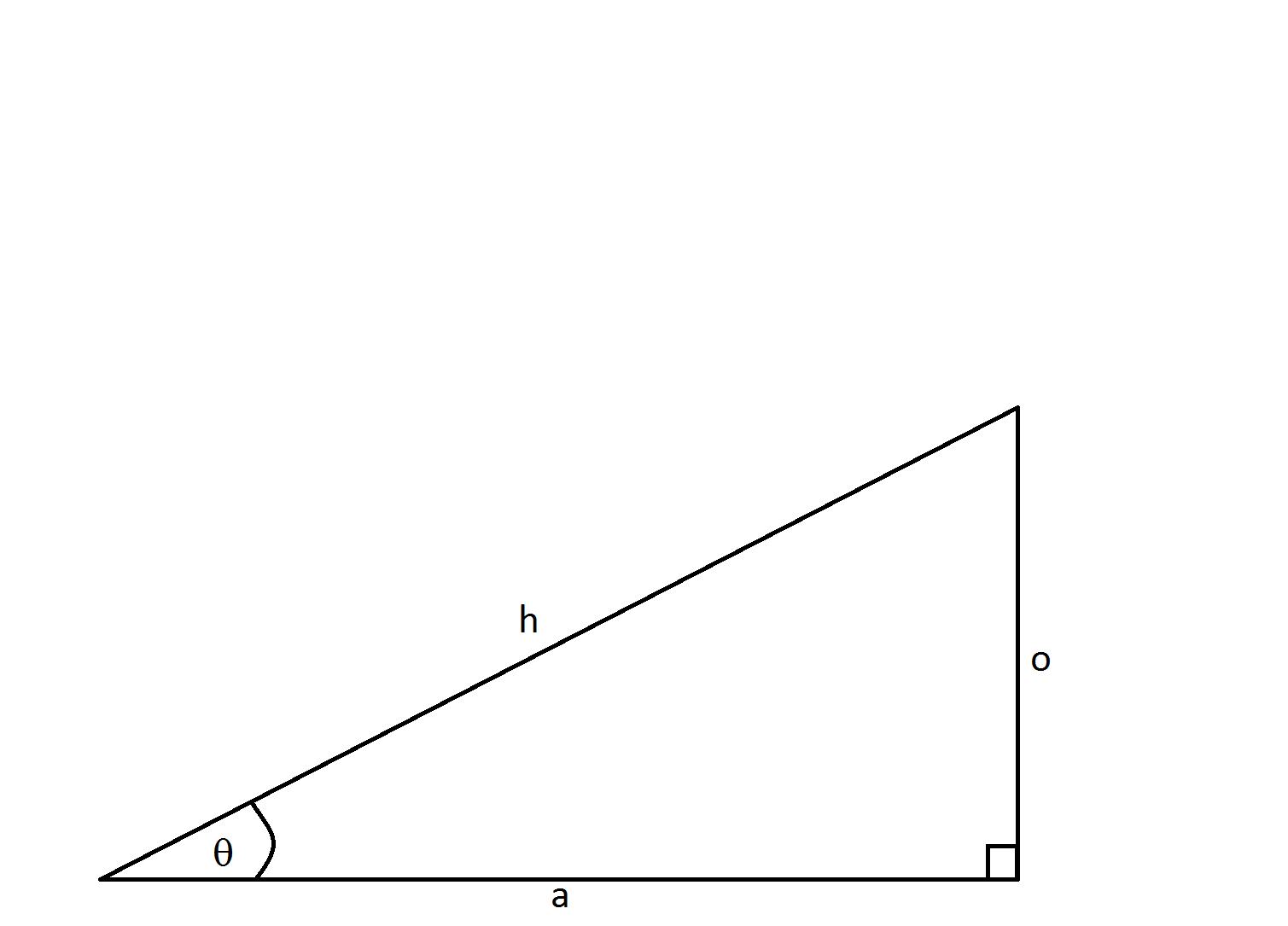High School Math
Help Questions
Math › High School Math

What is 


Explanation
In order to find 



Now to find the measure of the angle using the 
If you calculated the angle's measure to be 
Find the length of an edge of the following cube:

The volume of the cube is 
Explanation
The formula for the volume of a cube is

where 
Plugging in our values, we get:
What is the circumference of a circle with a radius of 
Explanation
To find the circumference of a circle given the radius we must first know the equation for the circumference of a circle which is
We then plug in the number for the radius into the equation yielding
We multiply to find the value for the circumference is 
The answer is 
To the nearest tenth, give the area of a circle with diameter 
Explanation
The radius of a circle with diameter 

What is the area of a rectangle with a length of 

Explanation
The area of a rectangle is the length times the width:
Plug in our given values and solve:
How many radians are in 
Explanation
The conversion for radians is 
Cross multiply:
Isolate 
What is the perimeter of a triangle with side lengths of 


Explanation
To find the perimeter of a triangle you must add the three side lengths together.
In this case our equation would look like
Add the numbers together to get the answer 
What is the circumference of a circle with a radius of 
Explanation
To find the circumference of a circle given the radius we must first know the equation for the circumference of a circle which is
We then plug in the number for the radius into the equation yielding
We multiply to find the value for the circumference is 
The answer is 
Solve for 
Explanation
To solve for 
Square both sides of the equation
Set the equation equal to 

Factor to find the zeros:
This gives the solutions

Verify that these work in the original equation by substituting them in for 
To the nearest tenth, give the diameter of a circle with area 100 square inches.
Explanation
The relationship between the radius and the area of a circle can be given as

We can substitute 

Double this to get the diameter: 











































































